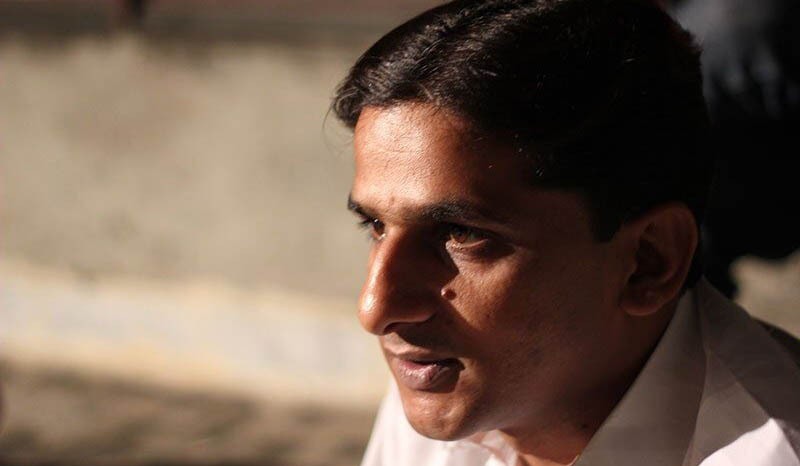
Lahore has been most favourable for activists, or is it?

Two months ago a peace activist, Raza Mahmood Khan, went missing from Lahore.
I attended a protest outside the Lahore Press Club and meetings to recover him at the Human Rights Commission of Pakistan (HRCP) in Garden Town. The usual suspects were always there -- peace activists, Khan’s friends, and sometimes his family members as well.
Some people were too grief-stricken to speak; others were astounded that Khan had been picked up despite being very proper and nonaggressive in his stance. And the rest were angry.
I had never heard of him earlier, and neither had most other people in those meetings and protests. As the anecdotes of his friends and his videos unfolded, we gradually received an intimate glimpse into Khan’s life. He is a peace activist, in his late thirties, who has been based in Lahore almost all his adult life. Though, he is from Kasur, a city just an hour’s drive away from Lahore, famous for its leather tanneries, pollution, and now, sadly, child sexual abuse too.
Lahore is said to have been established by Prince Lava in the Hindu mythology, born to Lord Ram and his wife Sita, while his twin brother Prince Kusha is said to have founded Kasur.
Kasur, like most other cities of Punjab, is too tiny and traditional for an idealist with an artist’s eye and activist’s mind. But Lahore is a sanctuary for such spirited souls -- being the "pearl of Punjab," "the heart of Pakistan," and its "cultural capital" where many young men like Khan arrive to aspire for independence and success.
Raza Khan started working after his high school and studied privately. He lived alone in an apartment (from where he "disappeared" in December last) and savoured on Lahore’s vibrant cultural scene. He studied Gender Studies at the Punjab University -- the pre-partition institution that carries the ethos of Lahore while Lahore as a city bears the varsity’s emblematic ethos.
People in Lahore, and those from outside of it, desire to end up in one of these higher education institutes. And like Khan, they become addicted to Lahore’s societal norms and lively culture. The musical concerts, social gatherings, cricket, liberal friends and what not.
Khan enjoyed watching theatre plays, attended the All Pakistan Music Conference every year, and helped children in SOS village perform at Faiz Ghar. He was fond of children, and collected their artworks. He’d also visit schools like Lahore Grammar and Beaconhouse, and encourage students to contribute paintings for his calendar called "Aghaz-e-Dosti." The calendar promotes peace between India and Pakistan through paintings of schoolchildren from both the countries.
Lahore is also very favourable for activists. The Charing Cross in front of the Punjab Assembly, the Lahore High Court on the Mall, media houses on Davis Road, Press Club at Shimla Pahari, and the offices of myriad organisations such as the Human Rights Commission of Pakistan and South Asian Free Media Association facilitate this activism.
After all, it is in Lahore that the iconic march against Ziaul Haq’s Hadood Ordinance was organised by the Women Action Forum. Nearly 200 women gathered on the Mall in 1983. The protesters included Asma Jehangir, Nighat Khan, Hina Jillani, Habib Jalib, and many others. They wanted to file a petition against the ordinance in the Lahore High Court but were baton-charged and arrested instead.
The Lahore Press Club has a string of protesters sitting, standing, yelling, or blocking the roads daily.
Raza Khan’s photos show him protesting at the Liberty Chowk and elsewhere -- sometimes against religious extremism and sometimes for minority rights. Had he been around last month, he would have been on the Liberty Chowk again to protest against Zainab’s rape and murder in Kasur. He would write public service messages on posters in his lyrical Urdu handwriting. Something like "Ghunda gardi na manzoor" or "Bachhon se ziyadti bandh karo". He is incredibly passionate about both children and justice.
Hopefully, he will return to his adopted home soon -- to the "Data ki nagri" -- and will be greeted by the "Zinda dilan-e-Lahore" ecstatically.